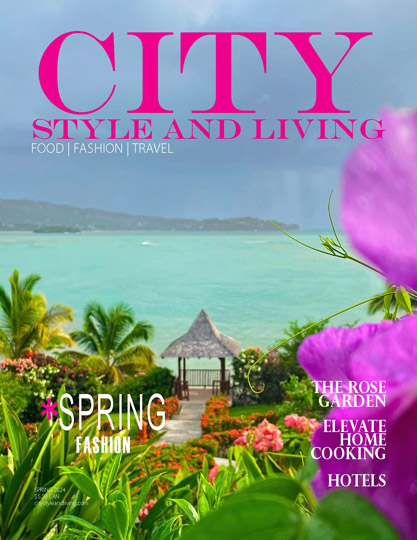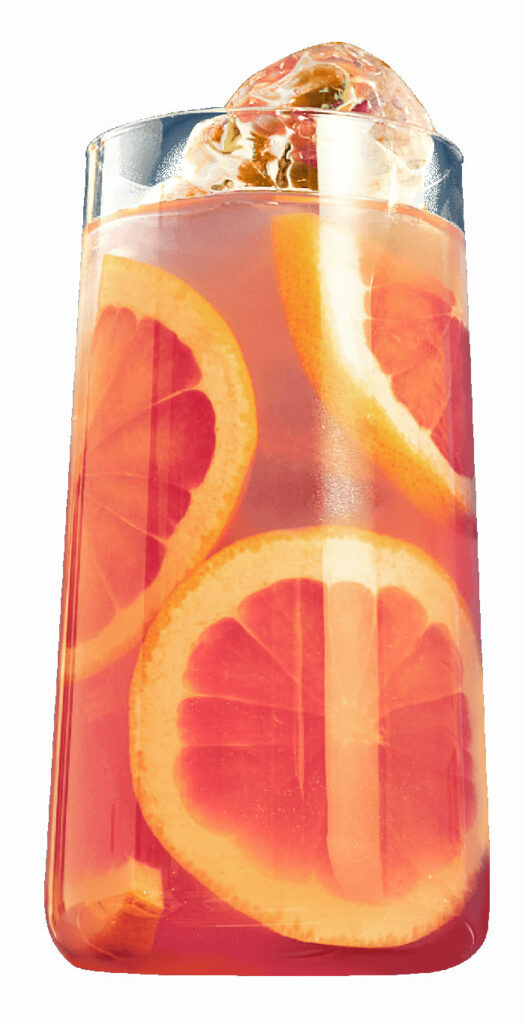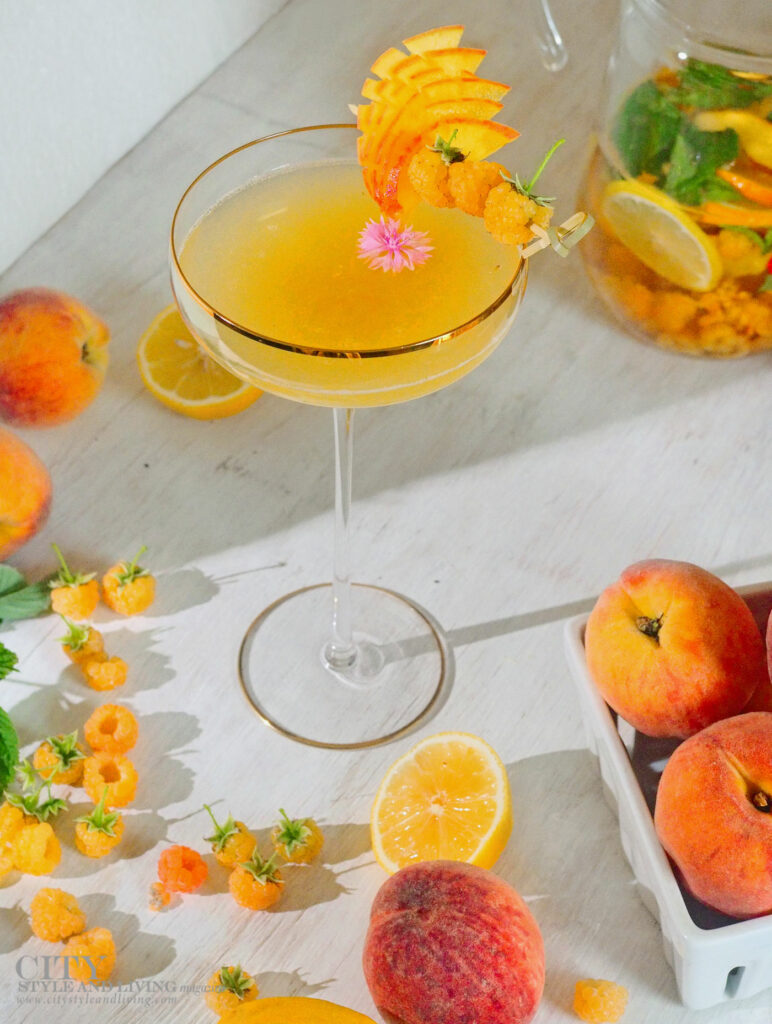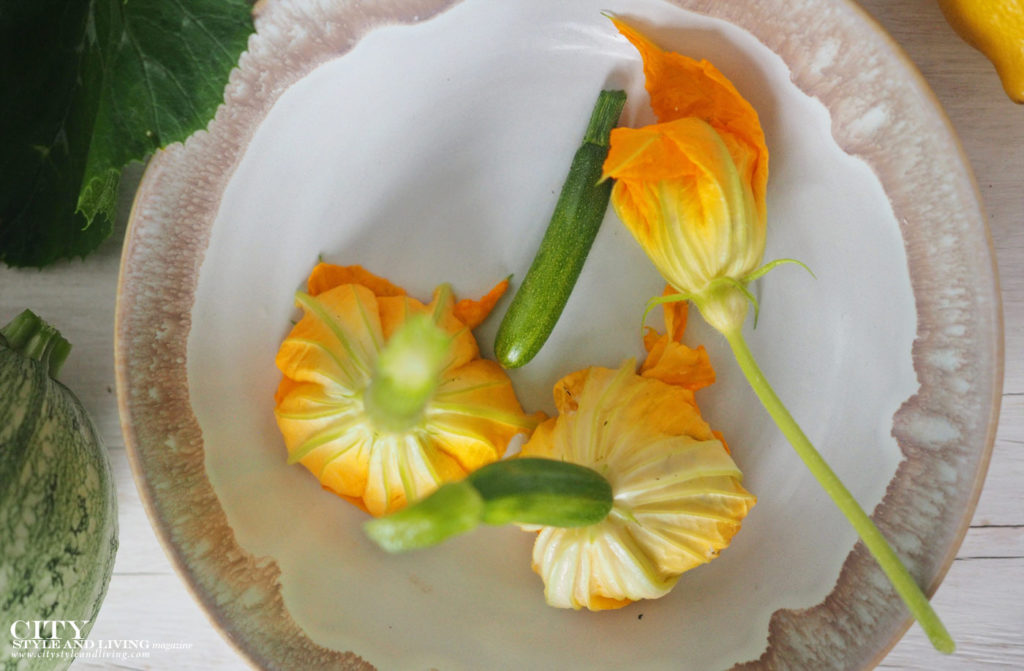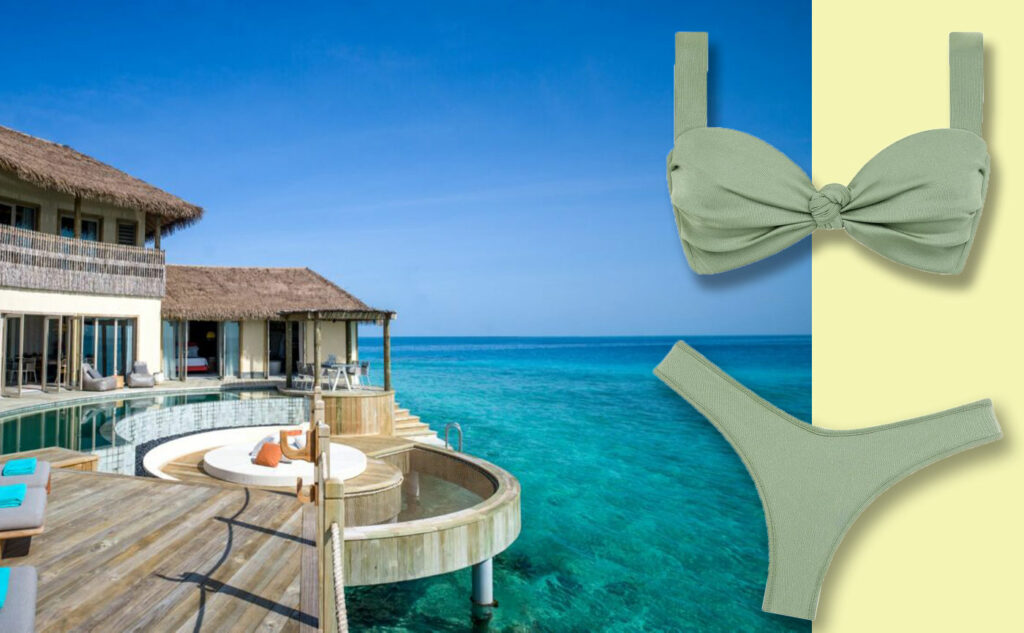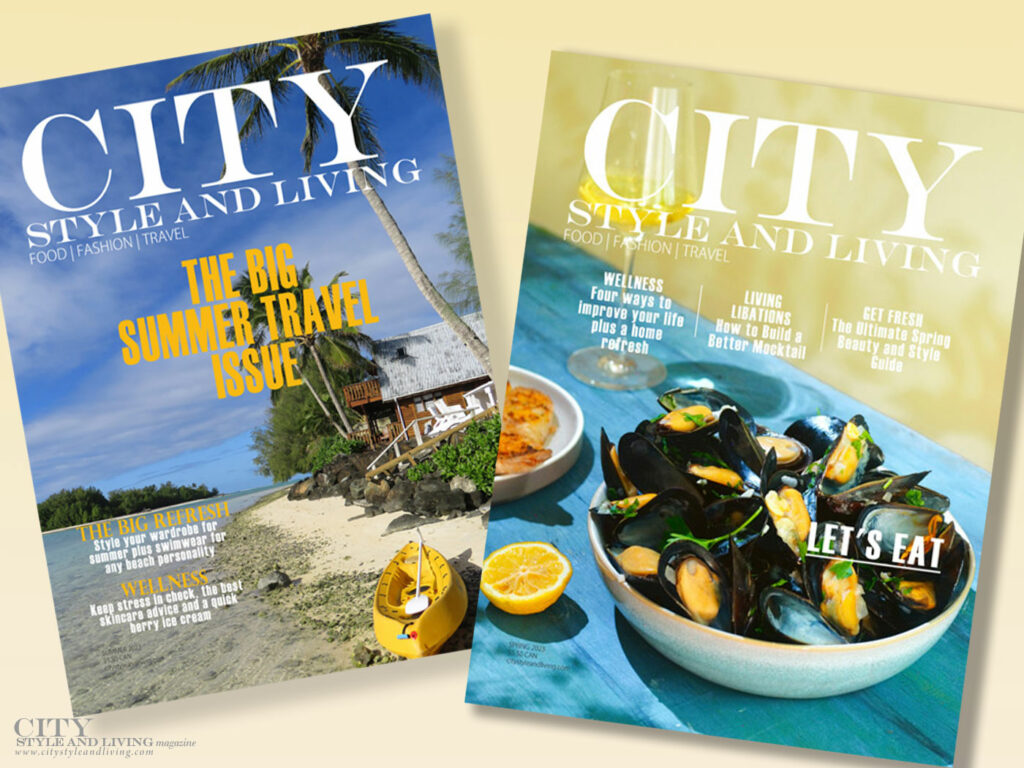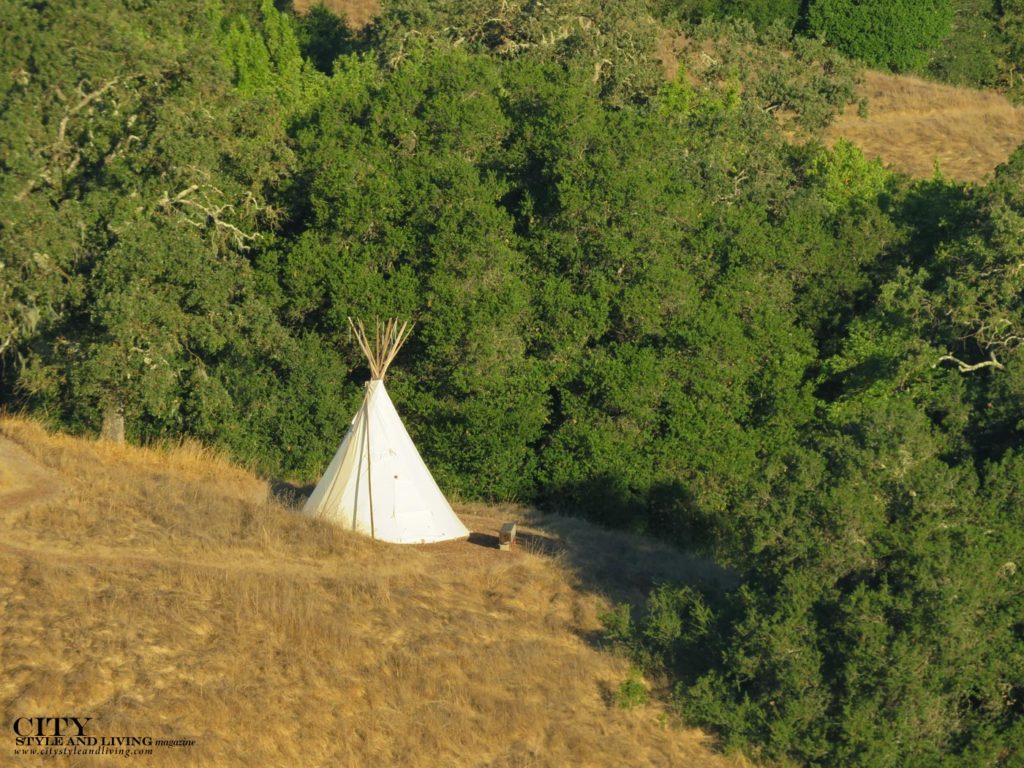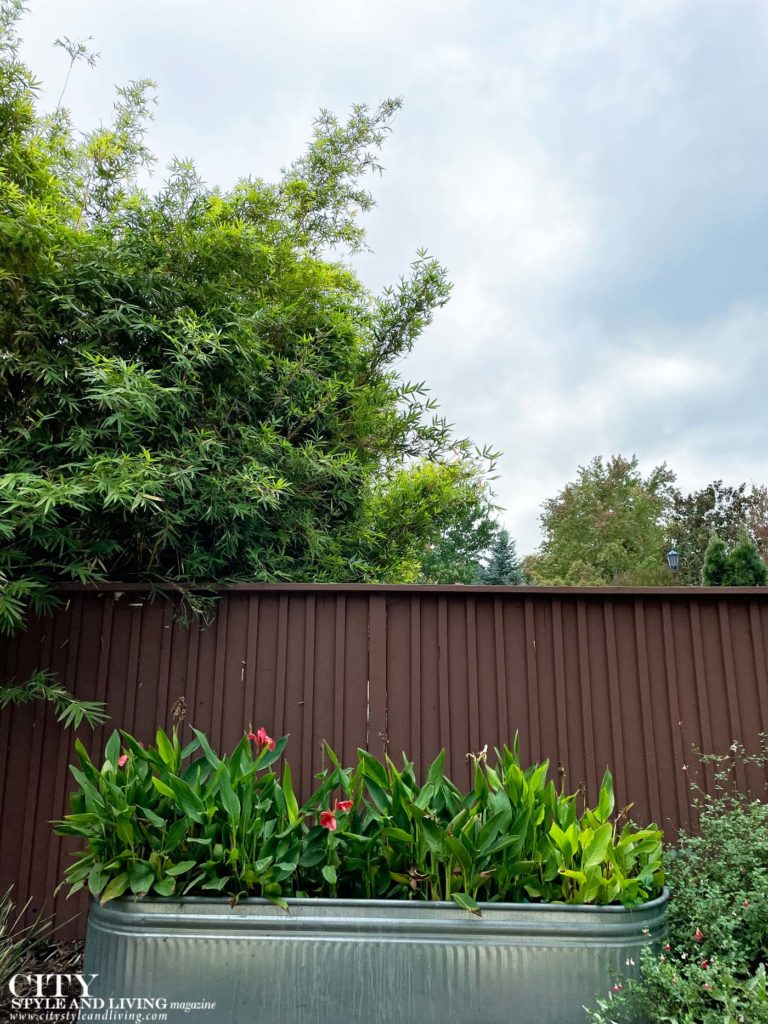[metaslider id=2747]
Photography Ernest Hon

Mori Art Museum Get oriented with the layout of Tokyo from one of the most spectacular observation decks in the city. Atop the 54-storey, 781-foot high Roppongi Hills Mori Tower is the Mori Arts Museum (53F 6-10-1 Roppongi, Minato, Tokyo; www.mori.art.museum/eng) that houses a continually changing retinue of cutting edge contemporary art. The Roppongi Hills complex is one of Tokyo’s newest and most ambitious urban development projects, encompassing residential, office, retail, and arts space. It’s virtually a city within a city, and a glimpse of Tokyo’s spin on comprehensive urban planning.

Tokyo International Forum Not only a meeting point for business travellers to the city, the Tokyo International Forum is also a must-see destination for aficionados of modern architecture with its breathtaking 210m-long oval glass atrium. Designed by Rafael Viñoly and completed in 1996, the Forum abuts the railway tracks in the heart of the Marunouchi business district. Don’t miss the hanging trussed walkways that criss-cross its enormous volume. The forum’s courtyard hosts the OEDO market – one of the largest open-air antiques fairs in Japan – on the first and third Sunday of every month, an excellent spot for picking up various Japaneilia. (3 Chome –5-1 Marunouchi, Chiyoda, Tokyo).

Shibuya Crossing Often compared to Times Square, the crossing in Shibuya is the most famous and busiest pedestrian scramble crossing in Tokyo, if not the world. As the Japanese do not jaywalk (nor should you while in Japan), hundreds of pedestrians on all corners of the intersection accumulate until the synchronized pedestrian signal triggers an organized chaos of people from all directions. The best way to observe this is from the second story windows of the Starbucks on the corner: this is Tokyo street theater at its finest. (Metro: JR yamanote Shibuya Station, Hachiko exit).

Tsukiji Fish Market If you love sushi, a pilgrimage to the Tsukiji Fish Market must be made. It is the largest wholesale fish and seafood market in the world, and any fish you eat in the city will have likely passed through its doors. As a working fish market, visitors can observe the market in the early morning where fishermen, fishmongers, and restaurateurs gather to bring the freshest catch to a culture that virtually worships seafood. For a lucky 120 spectators, Tsukiji also hosts the daily Tuna auction where the catch of bluefin tuna is displayed and sold by a chanting auctioneer. The first auction of the year routinely breaks price records; 2013’s record-setting fish fetched over $1.75 million. While entry to the auction is free, showing up before 4:30AM is essential to get a spot amongst the 120 spectators for the day. Afterwards, wander the public section of the fish market and order breakfast at one of the several excellent sushi restaurants. (5 Chome –2-1 Tsukiji, Chuo, Tokyo; www.tsukiji-market.or.jp/tukiji_e.htm)

Shop for Japan’s Famed Knives Japan has an illustrious reputation for making some of the finest knives in the world, a heritage drawn from the craft of making katana, the samurai sword. Coveted by chefs around the world, these knives are produced in the famed knife-making cities of Seki and Sakai and are forged in myriad steels, shapes, and sizes. One of the best places to find an excellent Japanese blade is the kitchenware town, kappabashi, that specializes in kitchen and restaurant equipment. There you’ll find everything from enormous tuna knives to lithe boning knives, as well as paraphernalia such as Japanese waterstones. For machine- forged brand name knives, try TDI. For hand-forged Japanese-style knives, kama-asa or kamata both carry a wide selection of craft blades. (Metro: Ginza Line, Tawaramachi Station; kamata: 2–12-6 Matsugaya, Taito-ku, Tokyo; kama-asa: 2–24- 1 Matsugaya, Taito-ku, Tokyo)
www.ernesthon.com
Instagram: @ernest_hon
Read 20 more great reasons to visit Tokyo, Japan in the Winter 2014 issue of City Style and Living Magazine
